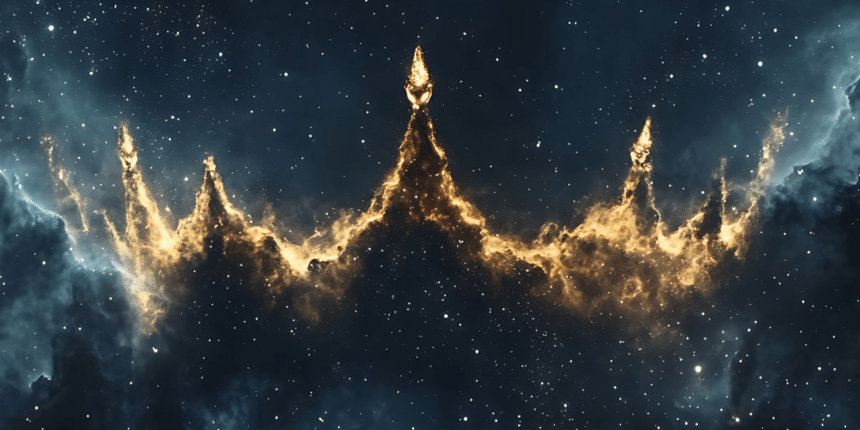Astrochemists have long been grappling with a cosmic conundrum. Sulfur, a vital building block for life, appears to be in the wrong place in space. But now, a new study suggests we might know where it’s hiding.
Considered a vital chemical element for planets, stars, and life, the lack of molecular sulfur has been a mystery for years.
An international research team, including University of Mississippi astrochemist Ryan Fortenberry, University of Hawai’i at Mānoa chemistry professor Ralf Kaiser, and computational chemist Samer Gozem from Georgia State University, recently found that the missing element could be locked away in icy dust grains throughout the coldest parts of the universe.
The team discovered that in freezing conditions, sulfur atoms can bond into octasulfur crowns (rings of eight atoms) or polysulfanes (chains with hydrogen), making them harder to detect with telescopes.
“Our study shows sulfur might be there — we’ve just been looking for the wrong forms,” Fortenberry said. “The findings give astronomers a roadmap for using tools like the James Webb Space Telescope to spot these molecules when they warm and turn to gas near new stars.”
Part of the challenge is sulfur’s constant shape-shifting, switching from rings to chains and back again.
“It never maintains the same shape,” Fortenberry said. “It’s kind of like a virus — it changes as it moves.”
For Fortenberry, the discovery highlights the creative problem-solving at the heart of astrochemistry: “Asking hard questions and finding answers can lead to big, unexpected breakthroughs.”








